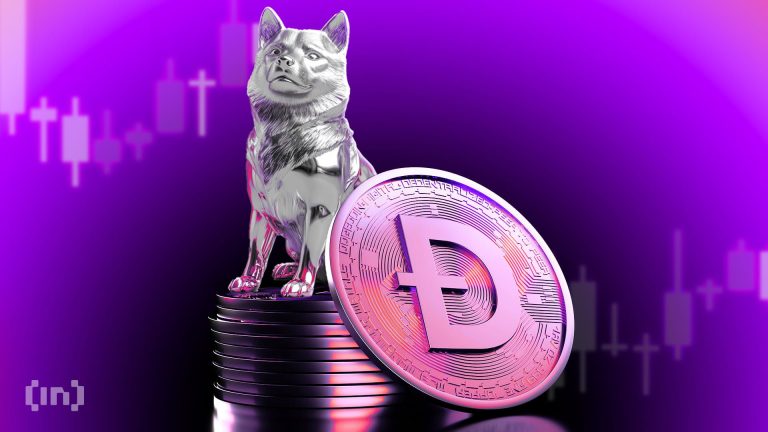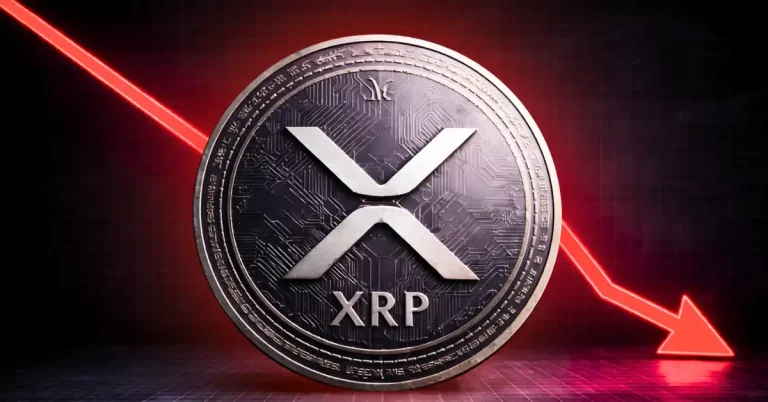The Link Between Inflation and Bitcoin: What You Need to Know
The global economic landscape is undergoing significant shifts, with inflation taking center stage. As the Federal Reserve grapples with political pressure and tough decisions, one investment stands out: Bitcoin. Whether interest rate cuts spark immediate inflation or fiscal policies create slow upward price pressures, Bitcoin could emerge as a financial safe haven.
Rising Inflation: Causes and Consequences
In the U.S., the inflation conversation is growing louder as core PCE inflation hovers around 2.8% and July’s Producer Price Index (PPI) rose by 0.9%, tripling expectations. Major factors contributing to inflation include tariffs and fiscal expansion, compounded by President Donald Trump’s calls for steep interest rate reductions. If the Federal Reserve succumbs to this political pressure and lowers rates as early as Q4, inflation could exceed 4% by 2026.
On the other hand, even without rate cuts, fiscal policies like Trump’s ‘Big Beautiful Bill’ and existing tariffs will likely raise consumer prices. The IMF has already issued warnings regarding these measures, cautioning that they could destabilize public finances. Regardless of which path the Federal Reserve chooses, inflation appears inevitable, with only the speed and scale of its impact remaining uncertain.
How Bitcoin Stands to Benefit
Bitcoin’s unique characteristics position it as a hedge against inflationary pressures. Historically, crypto assets like Bitcoin have gained traction as the dollar weakens. Here are two possible scenarios that highlight how Bitcoin may thrive:
- Sharp Rate Cuts and Rapid Inflation: Aggressive monetary easing could flood the market with cheap money, weakening the dollar further while driving Bitcoin prices upward due to increased demand as an inflation-resistant store of value.
- Slow-Burn Inflation Scenario: Even if inflation rises more gradually, Bitcoin’s decentralized and non-sovereign nature could make it increasingly attractive as a long-term hold, especially as U.S. macroeconomic stability erodes.
Beyond Bitcoin: Diversifying Your Portfolio
While Bitcoin may be a compelling option, diversifying your investment portfolio is essential. Consider exploring complementary inflation-resistant assets like gold or real estate investment trusts (REITs). For those new to the crypto world, products such as the Coinbase Cryptocurrency Wallet can provide an easy and secure way to start your digital investment journey.
Why Watch Inflation Trends?
As inflation continues to rise, its effects ripple throughout the economy, impacting bond markets, the dollar’s value, and even political credibility. For instance, soaring interest rates to counteract inflation could escalate U.S. debt servicing costs, estimated to reach $2 trillion annually by 2026. Such a scenario raises concerns about long-term economic stability and increases interest in decentralized assets like Bitcoin.
Final Thoughts
Whether the Federal Reserve yields to political pressure or maintains its course, inflation doesn’t seem to be disappearing anytime soon. Trump’s fiscal policies and global economic dynamics effectively lock the U.S. into an inflationary trajectory. Bitcoin, with its ability to act as a hedge against systemic risks, might just be the investment vehicle built for these challenging times.
However, as with all investments, tread carefully. Consult financial advisors, conduct thorough research, and consider your risk tolerance. Whether you’re a seasoned investor or a newcomer to crypto, taking proactive steps today can help safeguard your financial future against the uncertainties ahead.



